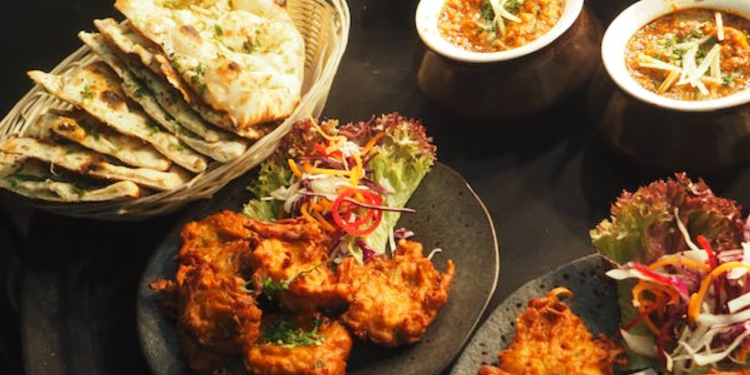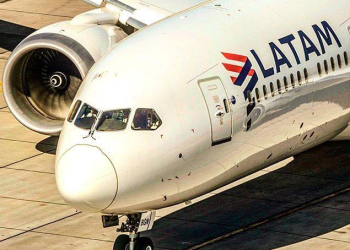Introduction
Food delivery has undergone a remarkable transformation in recent years, propelled by advances in technology and changing consumer preferences. As more people opt for the convenience of ordering food from the comfort of their homes, the restaurant industry is adapting to meet this demand with innovative solutions and delivery methods.
Evolution of Food Delivery
The concept of food delivery is not new, with historical roots dating back to ancient civilizations. However, the modern era has witnessed a significant shift in how food is delivered, thanks to the widespread adoption of digital platforms and mobile technology. What once required a phone call or visit to the restaurant can now be done with the tap of a finger, thanks to the convenience of ordering apps and websites.
The Role of Technology
Technology plays a central role in the food delivery ecosystem, powering everything from online ordering platforms to delivery logistics and tracking systems. Ordering apps and websites provide customers with a seamless and convenient way to browse menus, place orders, and make payments, while restaurant operators rely on sophisticated algorithms and software to optimize delivery routes and manage inventory.
Emerging Trends in Food Delivery
In addition to traditional restaurant delivery services, new trends are reshaping the landscape of food delivery. Ghost kitchens, also known as virtual restaurants, operate exclusively for delivery and takeout, allowing chefs to experiment with new concepts and cuisines without the overhead costs of a physical dining space. Meanwhile, the prospect of drone and autonomous vehicle delivery holds the promise of even faster and more efficient service in the future.
Impact on the Restaurant Industry
The rise of food delivery has had a profound impact on the restaurant industry, forcing traditional brick-and-mortar establishments to rethink their business models. Many restaurants are now embracing delivery as a core component of their operations, while others are exploring innovative ways to enhance the dining experience for both in-person and delivery customers. However, this shift has also presented challenges, including increased competition and pressure to maintain profitability in an increasingly crowded market.
Consumer Experience and Convenience
At the heart of the food delivery revolution is the desire for convenience. Today’s consumers expect fast, efficient service, with the ability to customize and personalize their orders to suit their tastes and dietary preferences. Delivery apps and websites offer a wide range of options, from fast food to gourmet cuisine, giving customers the flexibility to order exactly what they want, when they want it.
Health and Safety Considerations
In light of the COVID-19 pandemic, health and safety have become paramount concerns for both consumers and restaurant operators. Contactless delivery options, including no-contact drop-off and tamper-evident packaging, have become standard features of many delivery services. Meanwhile, restaurants have implemented rigorous food safety protocols to ensure that meals are prepared and handled with the utmost care.
Environmental Sustainability
While food delivery offers undeniable convenience, it also raises concerns about environmental sustainability. The proliferation of single-use packaging, including plastic containers and utensils, has led to increased waste and pollution. However, efforts are underway to address these issues, with companies exploring packaging innovations and sustainable delivery options to minimize their carbon footprint.
Regulatory and Legal Implications
The rise of food delivery has raised questions about labor laws and the gig economy, with delivery drivers often classified as independent contractors rather than employees. Additionally, food delivery regulations vary from region to region, with some municipalities imposing fees and restrictions on delivery services. Navigating these regulatory and legal complexities presents a significant challenge for both restaurants and delivery companies alike.
Global Market Expansion
As technology continues to advance and consumer demand for food delivery grows, the global market for delivery services is expanding rapidly. Emerging markets, in particular, offer significant growth opportunities, with rising incomes and urbanization driving demand for convenience and accessibility. However, international competition is intensifying, with delivery companies vying for market share in an increasingly crowded and competitive landscape.
The Future of Food Delivery
Looking ahead, the future of food delivery is bright and full of possibilities. As technology continues to evolve, we can expect to see even more innovations in delivery logistics, customer experience, and environmental sustainability. From drone and autonomous vehicle delivery to advances in packaging and food preparation, the possibilities are endless. Ultimately, the future of food delivery will be shaped by the interplay of technological advancements, consumer preferences, and regulatory considerations.
Conclusion
The future of food delivery holds immense promise for both consumers and the restaurant industry as a whole. With technology driving innovation and shaping the way we eat, the possibilities are endless. As we continue to embrace the convenience of food delivery, we must also remain mindful of the challenges and opportunities it presents, working together to create a future that is sustainable, efficient, and delicious.

FAQs
- Are food delivery apps safe to use? Food delivery apps prioritize the safety and security of their users, implementing robust encryption and authentication measures to protect personal and payment information. Additionally, contactless delivery options help minimize contact and reduce the risk of transmission.
- How can I track my food delivery order? Most food delivery apps offer real-time tracking features that allow users to monitor the status of their orders from preparation to delivery. Customers can receive notifications and updates via text message or app notifications, ensuring they know exactly when their food will arrive.
- Can I customize my food delivery order? Yes, most food delivery apps allow customers to customize their orders to suit their preferences, including options for special dietary requirements and allergy considerations. Users can specify preferences such as extra toppings, sauce on the side, or substitutions to ensure their meal meets their needs.
- What happens if my food delivery order is incorrect or missing items? In the rare event that a food delivery order is incorrect or missing items, customers can contact the delivery app’s customer support team for assistance. Most apps have dedicated customer service representatives who can help resolve issues and ensure that customers receive the correct order in a timely manner.
- Are food delivery services environmentally friendly? While food delivery offers convenience, it also generates waste in the form of packaging materials and delivery vehicles. However, many delivery companies are taking steps to minimize their environmental impact by exploring eco-friendly packaging options, optimizing delivery routes, and investing in electric and hybrid vehicles.




